Author: Andy Carter
The most abundant ingredient used to make beer is barley that goes through the malting process, which makes the starches contained therein capable of being enzymatically converted into fermentable sugar. In order for this to occur, the malt must be crushed then steeped in water at a specific temperature range for enough time to allow for complete conversion. Traditionally, the mash was allowed to rest for 60 minutes or more, as anything less could lead to incomplete conversion and the issues associated with this including poor efficiency, lower strength finished product, and less overall predictability.
Over the last couple decades, advancements in malting have afforded brewers the luxury of worrying less about certain factors that were once high priority, things like potential malt extract, friability, and protein content. Moreover, modern malts no longer demand laborious multi-step mashes to extract their sugary goodness, but are capable of converting with a single-infusion rest, and there’s some evidence indicating it occurs in far less time than once required.
In reviewing past xBmts on this topic, I noticed the first one was complete very early on, prior to our use of the triangle test, so that data is of questionable usefulness, while another xBmt showed that tasters were unable to distinguish a Pilsner mashed for 60 minutes from one mashed overnight. Curious of the impact reducing mash length has on beer, I designed an xBmt to test it out for myself.
| PURPOSE |
To evaluate the differences between a Blonde Ale mashed for 30 minutes and one mashed for 60 minutes.
| METHODS |
I went with a very simple Blonde Ale recipe for this xBmt, as it seemed an ideal style to accentuate any impact of the variable.
Dead Horse
Recipe Details
| Batch Size | Boil Time | IBU | SRM | Est. OG | Est. FG | ABV |
|---|---|---|---|---|---|---|
| 5.5 gal | 60 min | 27.2 | 3.5 SRM | 1.052 | 1.01 | 5.51 % |
| Actuals | 1.052 | 1.01 | 5.51 % | |||
Fermentables
| Name | Amount | % |
|---|---|---|
| Pale Malt, 2-Row | 11 lbs | 100 |
Hops
| Name | Amount | Time | Use | Form | Alpha % |
|---|---|---|---|---|---|
| Liberty | 30 g | 60 min | Boil | Pellet | 5.5 |
| Cascade | 14 g | 15 min | Boil | Pellet | 8.9 |
Yeast
| Name | Lab | Attenuation | Temperature |
|---|---|---|---|
| House (A01) | Imperial Yeast | 75% | 62.1°F - 70°F |
Notes
| Water Profile: Ca 55 | Mg 5 | Na 0 | S04 72 | Cl 59 |
Download
| Download this recipe's BeerXML file |
I started my brew day by making a vitality starter with Imperial Yeast A01 House.
A couple hours later, I added identical volumes of water to separate BrewZilla units, adjusted each to the same desired profile, then set the controllers to heat them up.
Next, I milled the grains.
Once the water for each batch was adequately heated, I incorporated the grains and set separate timers for 30 and 60 minutes.
I then checked to make sure both batches were at the same target mash temperature.
While the mashes were resting, I prepared the kettle hop additions.
Once each mash was complete, I sparged to collect the same pre-boil volume then boiled the worts for 60 minutes before chilling them. Refractometer readings showed the wort from the 30 minute mash was 0.001 SG point lower than the one from the 60 minute mash.
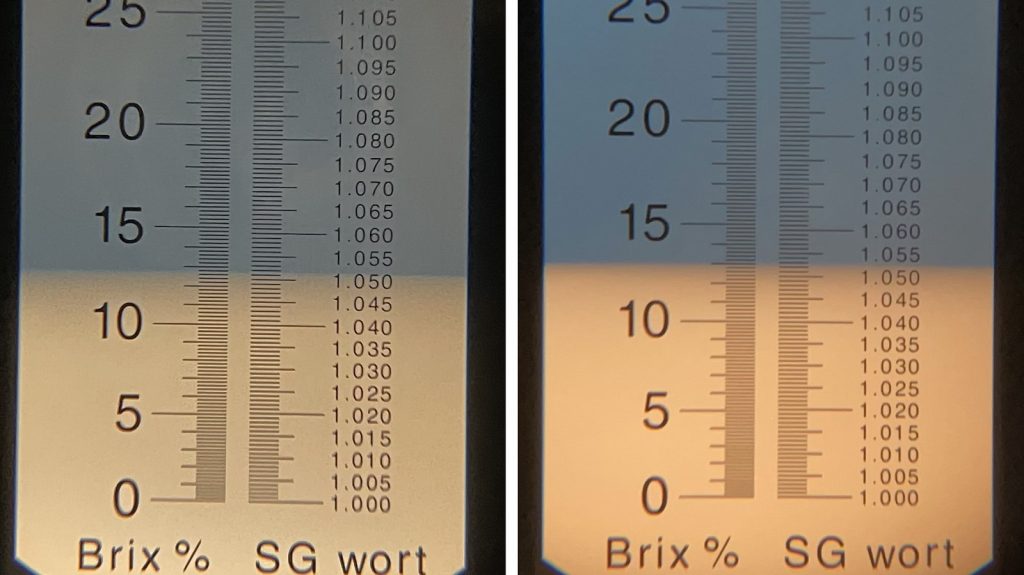
After transferring identical volumes of wort from each batch to sanitized fermenters, I placed them in my chamber where they were left to finish chilling to my desired fermentation temperature of 66°F/19°C for a few hours before splitting the yeast starter between them. After a week, I raised the temperature in the chamber to 70°F/21°C and let the beers sit for an additional week before taking hydrometer measurements showing a small FG difference.
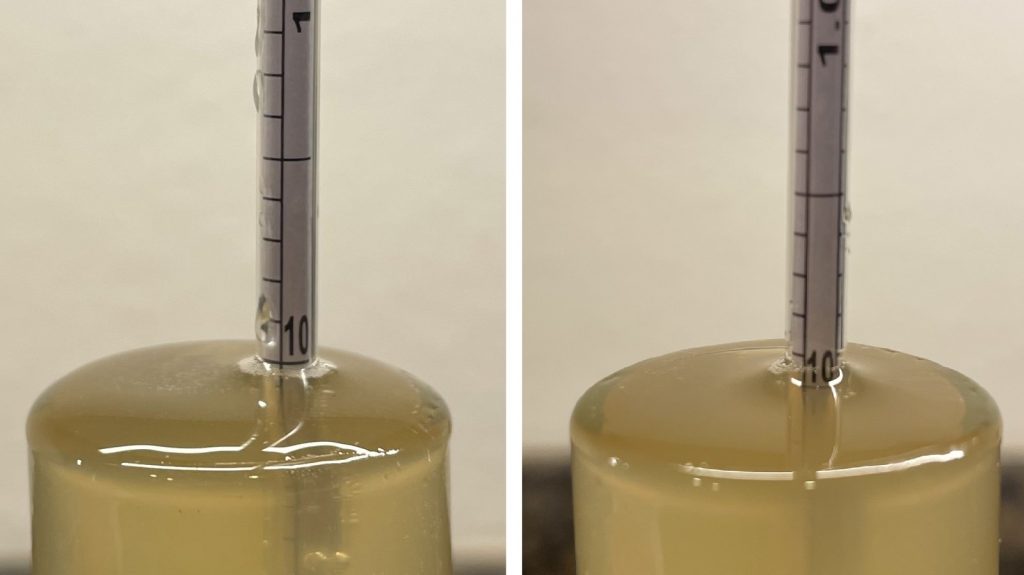
At this point, I pressure transferred the beers to sanitized kegs.
The filled kegs were placed in my keezer and left on gas for a week before I began serving them to tasters for evaluation.
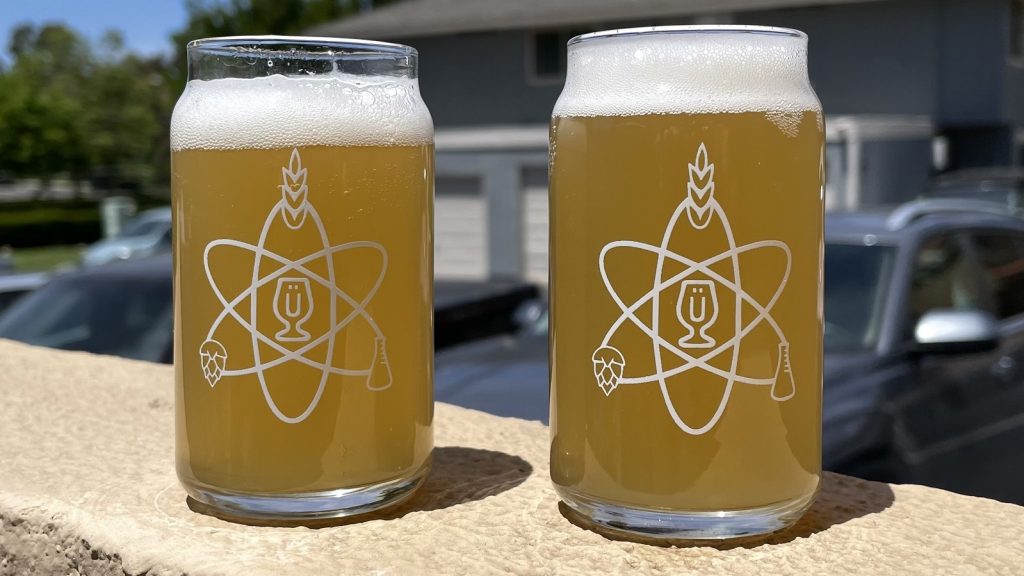
| RESULTS |
A total of 16 people of varying levels of experience participated in this xBmt. Each participant was served 2 samples of the beer that had a 30 minute mash rest and 1 sample of the beer made that had a 60 minute mash rest in different colored opaque cups then asked to identify the unique sample. While 9 tasters (p<0.05) would have had to accurately identify the unique sample in order to reach statistical significance, only 6 did (p=0.45), indicating participants in this xBmt were unable to reliably distinguish a Blonde Ale mashed for 30 minutes from one that was mashed for 60 minutes.
My Impressions: Out of the 10 semi-blind triangle tests I attempted, I correctly identified the odd-beer-out 4 times. I perceived these beers as being identical in every way, both possessing a mildly sweet and doughy malt flavor with subtle floral hops and a slightly fruity fermentation character that made it super easy to drink.
| DISCUSSION |
The mash rest is an essential part of the brewing process, as it’s the point where boring starch gets converted into exciting fermentable sugar. For eons, brewers have been encouraged to let the mash sit for 60 minutes or longer in order to ensure complete enzymatic conversion. While some modern brewers have reported positive results from reducing the duration of their mash rests, others believe this can lead to negative outcomes. Interestingly, tasters in this xBmt were unable to reliably distinguish a Blond Ale that went through a 30 minute mash rest from one that went through a more traditional 60 minute mash rest.
Seemingly, the most plausible explanation for these results is that advancements in malting have allowed maltsters to produce malt with higher rates of conversion. Similar to many anecdotal reports, as well as observed patterns from numerous Short & Shoddy brews, the 30 minute mash beer had a lower OG, but it was only by 0.001 SG point, and curiously, it finished 0.001 FG higher than the 60 minute mash beer, resulting in a 0.3% difference in ABV.
My typical brewing approach involves a 60 minute mash rest, though I’ll admit my reasoning for doing this is because I’m usually brewing 2 batches side-by-side, so it keeps things less hectic. With the growing base of evidence showing that reducing mash length has minimal if any impact on the perceptible qualities of beer, I definitely see the value in it, particularly for those who may not have the time for a more traditional brew day.
If you have any thoughts about this xBmt, please do not hesitate to share in the comments section below!
Support Brülosophy In Style!
All designs are available in various colors and sizes on Amazon!
Follow Brülosophy on:
FACEBOOK | TWITTER | INSTAGRAM
If you enjoy this stuff and feel compelled to support Brulosophy.com, please check out the Support page for details on how you can very easily do so. Thanks!


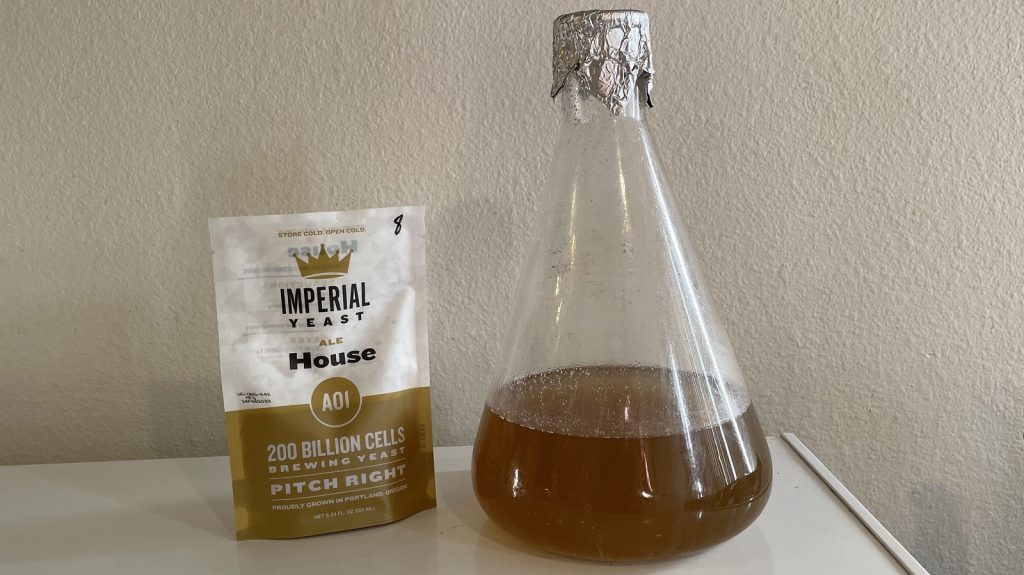
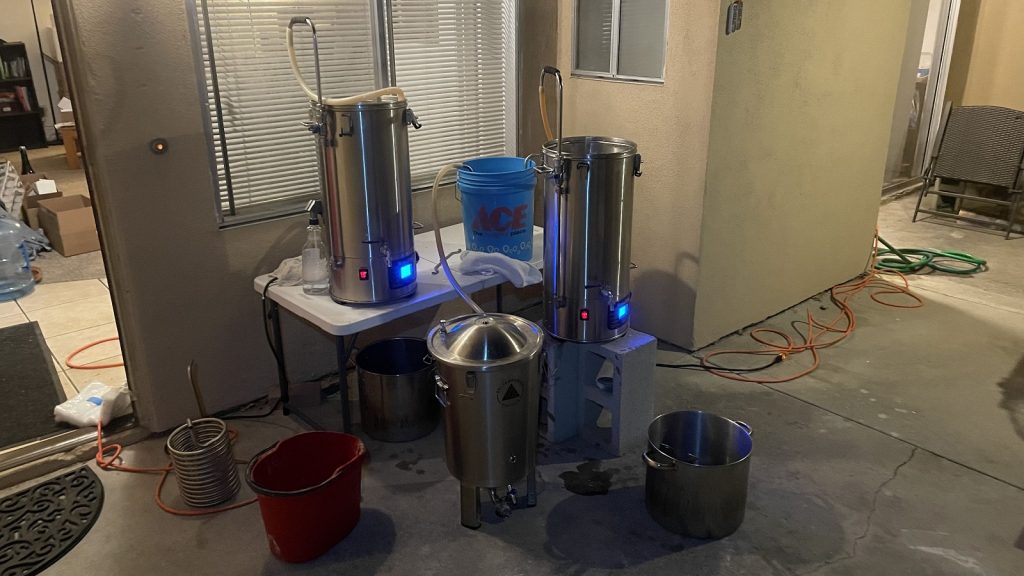
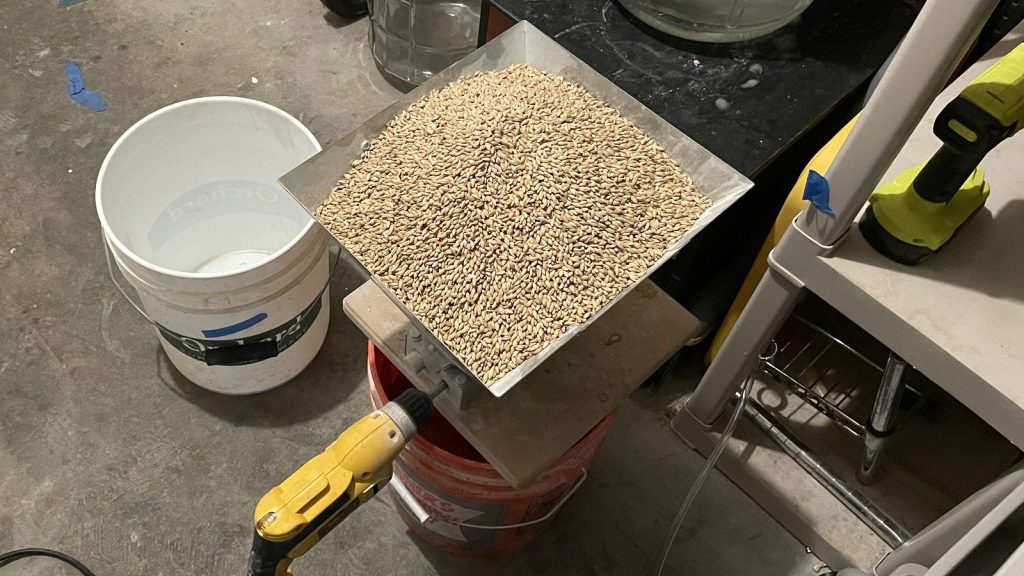
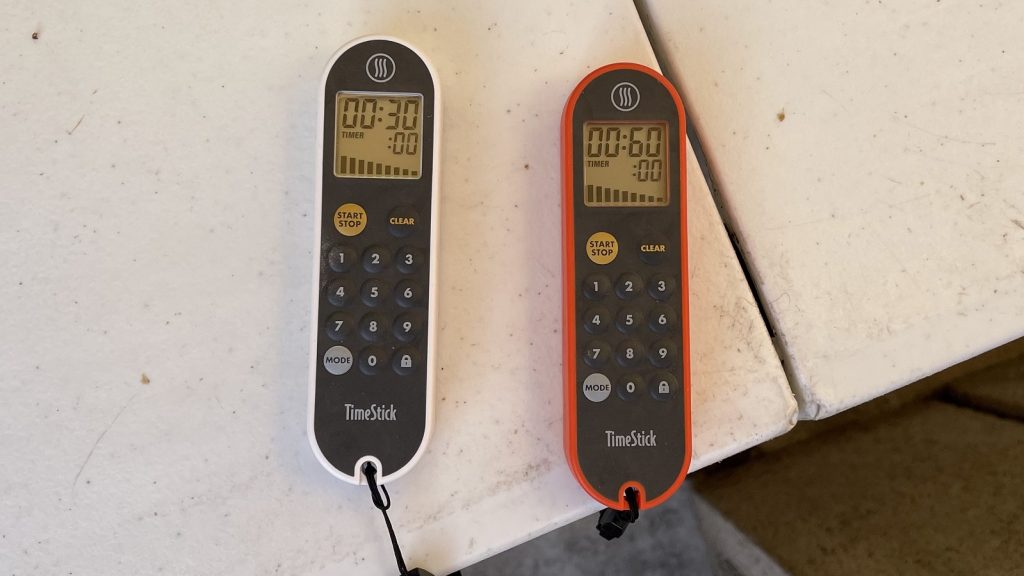
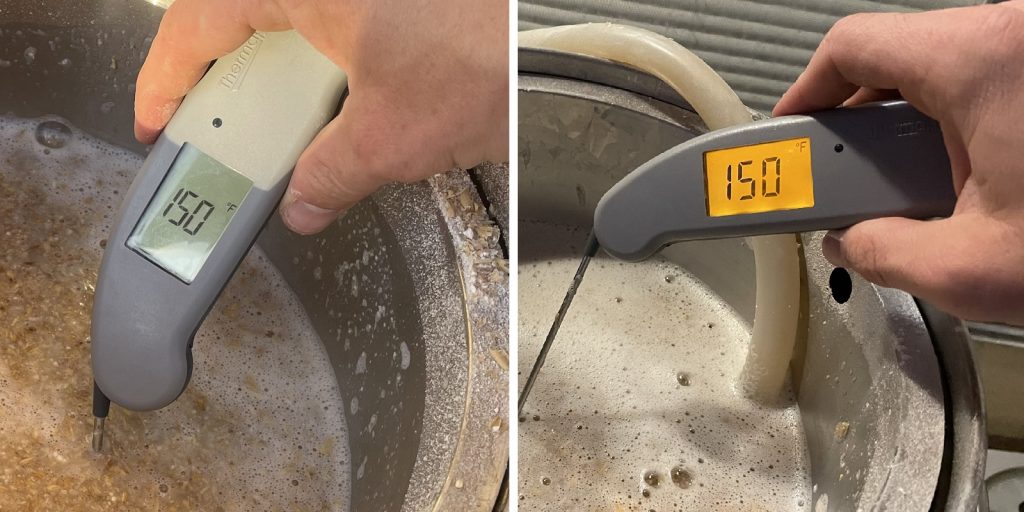
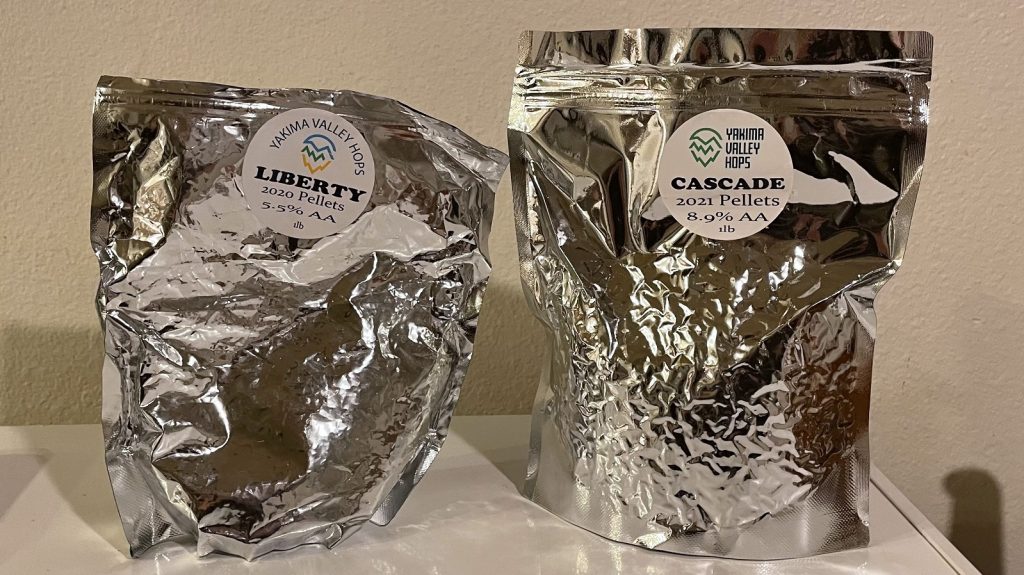
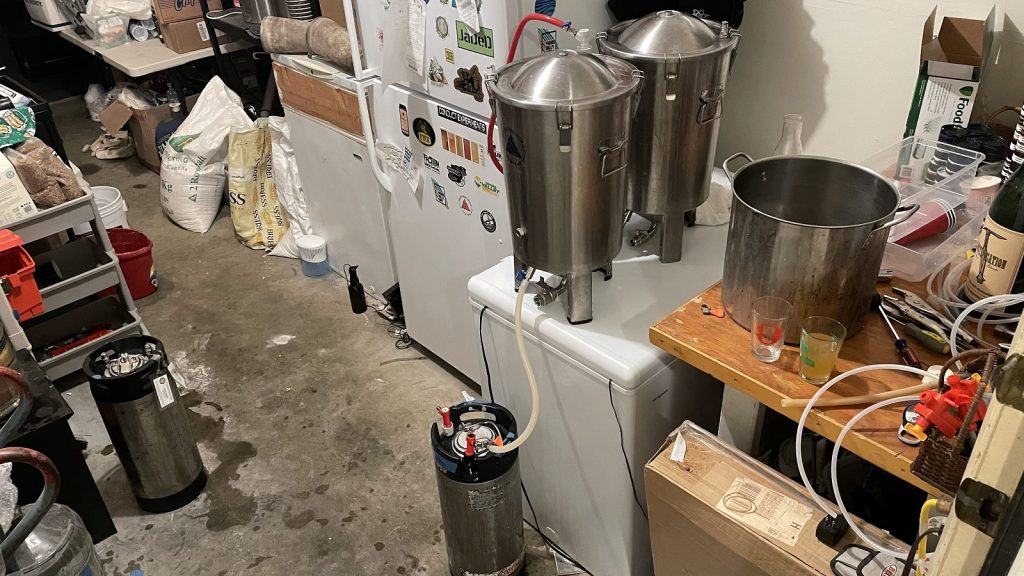











20 thoughts on “exBEERiment | Impact Reduced Mash Length Has On A Blonde Ale”
Ok, that’s it. I’m reducing my mash time to 30 mins now. Did it before, but not always. Would have been interested to see what an iodine test looks like for a full conversion vs a “full conversion minus 0.001 point” mash. Wonder if that shows up.
Well, lets all do a 30 minute mash, and a 30 minute boil. That will speed things up. No one can reliably tell the difference in taste anyway.
I recently reduced my brew time to 30 minutes and can find no significant differences in beers brewed for 30 vs 60. Now if I can reduce mash time to 30 minutes with no distinguishable differences I can reduce my brew day by an hour. Looking forward to trying this!
It would be interesting to take the results of a lot of no-result exbeeriments, combine them into one brew, and then test that against a traditionally brewed beer.
For example, brew a lager with a short mash, short boil, warm ferment, no lager time, etc. and compare it to a traditional home brew
lager.
It’s possible there’s still no discernable difference, bit it’s also possible that multiple changes that flew under the radar on an individual level add up to a noticable difference in the aggregate.
A great experiment! Next please consider comparing a 30 minute boil with a 60 minute boil, with boil volumes adjusted up front such that the beers end with the same post boil volume. I suspect that with pellet hops the liberated IBU’s for 30 minutes and 60 minutes of boil will not be much different for the same weight of a single variety of hops added to each. Only add hops at boil start for both, so no other hop additions confuse things. And make it a moderate IBU beer, as opposed to an IPA.
How fne do you grind your grains? Ever any stuck mashes?
60 minutes never made sense to me. It’s just something easy to remember and almost always works. But, chemistry doesn’t know that humans divided the day into 24 time segments and that we use one segment for timing the mash step.
I appreciate your work. Thanks for the experiment.
Would be interesting to try this same experiment on a higher OG beer.
Thanks for sharing your interesting results. Your brewing conditions are obviously better controlled than mine. While a thirty minute mash worked just fine with optimal temperature and pH, I suspect that a sixty minute mash may provide better conversion under less optimal conditions.
I always find it odd that man creates a unit of measurement and then expects nature to comply. Why a 60-minute mash instead of a 68-minute mash? or 43 minutes?
I’ve been doing 30-minute (45 for my hefeweizens) mashes for a few years now, never saw the reason to continue when the iodine test and refractometer said the mash was done.
Thanks for y’alls work.
Perhaps 60min came to fruition because brewers would use an iodine test to confirm conversion and that occurred at 60 minutes…
Lately, I’ve been taking gravity readings every 10 min. to watch the conversion progression. I don’t have the numbers in front of me at the moment, but I have seen probably 75% conversion take place by the 30min mark and then creep up over the next 30min. until it stabilizes.
Let’s go for 15min!
But when do you have breakfast? My guess is that lower mash temps could benefit from a longer mash, but how much longer?
Here’s the thing. According to Palmer and his referenced resources, starch conversion is affected by mash pH, mash thickness, and mash temperature. Adjusting these factors will adjust mash conversion to be under 30min to over 90min. At a higher mash temperature, thicker mash and a higher pH, this will yield a more fermentable wort.
This article does not once mention mash pH or mash thickness. The author also did not take a mash gravity reading when each mash was completed. This would have been key information to show differences between a 30min mash and a 60min mash.
The author also did not note if this was fresh grain, 4 month old grain, etc. as this would affect starch available for conversion. One could have been fresh grain and the other 12 month old grain for all we know.
Would this be the same for other styles?
Thanks for the experiment. I’m wondering if a more complex malt bill would be the true beneficiary to a longer mash, in both conversion and fermentability?? Not sure though…
What is the mashing temp profile?
As a fellow Brewzilla brewer, I’m curious how this could impact reiterated mashing for something big like an Imperial Stout. I’ve had decent success with them but it usually involves a reiterated/sequential mash and having to use DME and dextrose to reach a higher gravity.
Anyone have experience with a reiterated mash using the shorter mash length? Can’t see it mattering personally.
I want to add…the reiterated mashing makes for a looooooooong brew day on a Brewzilla. Looking to shorten that.